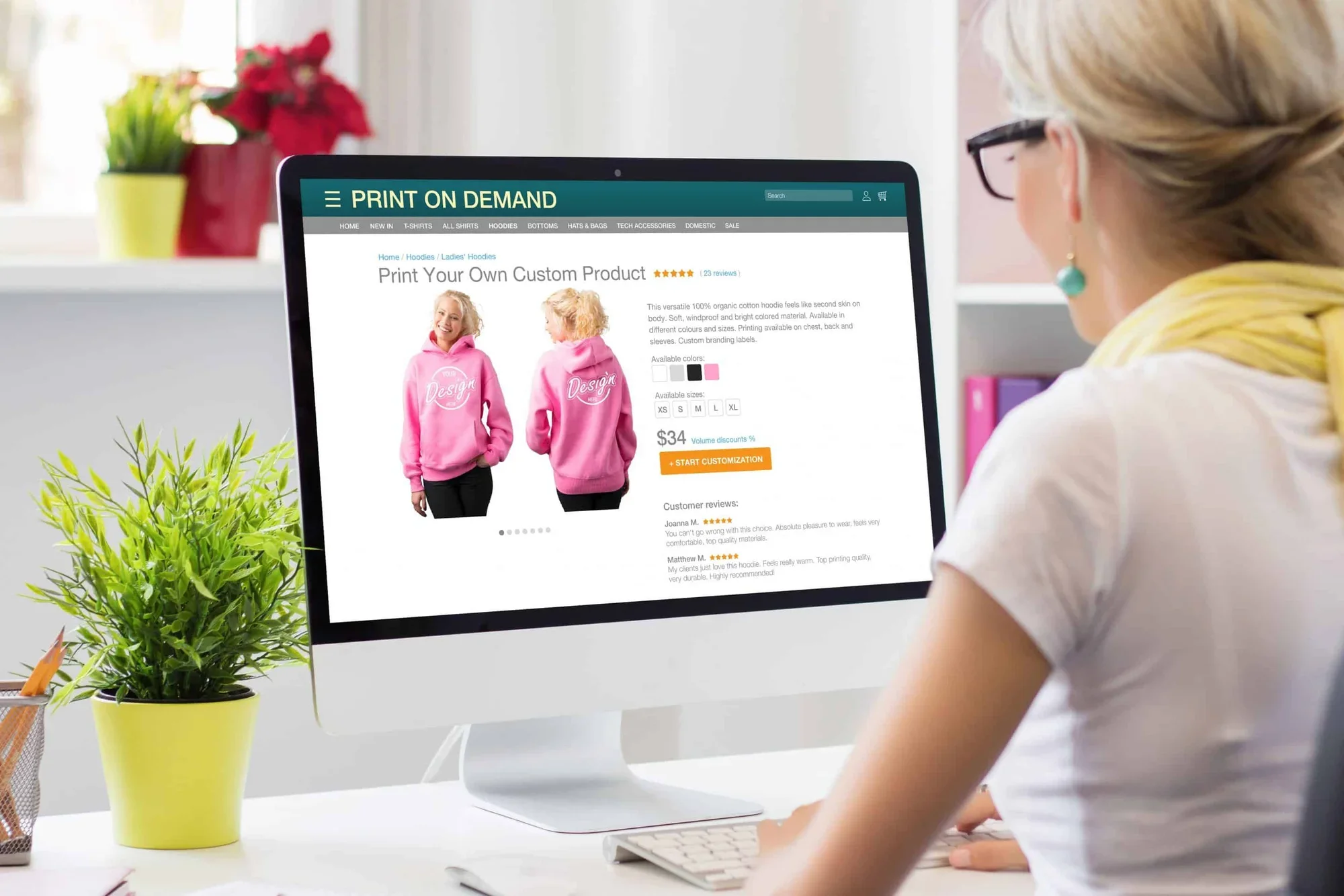


May 26 - 2023
Did you know a whopping 80% of shoppers are more likely to buy through a personalized eCommerce experience? New and innovative methods of personalization have made it possible for many consumers to virtually buy everything they need, no matter where they are. In recent years, eCommerce sales have skyrocketed and completely revolutionized the modern shopping experience. Now more than ever, consumers are expecting a new standard for brands they shop with to rise to.
With the bar for eCommerce rising and more competition than ever before, it’s imperative that brands remain relevant and current in their chosen market. Through personalization, merchants can even go Headless with their sales and benefit from the way today’s customers are shopping.
Going Headless involves reworking your shop’s site to better function on smart devices like watches, tablets and more. This is often a key part of eCommerce personalization, and helps to easily create unique experiences for customers. They enjoy having the sense of a brand speaking directly to them, and this is comparable to Digital Marketing.
The caveat here is remaining authentic in that tone and striking the right balance. A lot of factors are at play when choosing the perfect ones. Learning just how your preferred customer base enjoys shopping will bring big returns for your company!
The likelihood of returning customers is far greater with a personalized eCommerce experience. Through utilizing customer data both public and anonymous, their past purchases history, browsing data, and other key demographics; you can influence the personalization they enjoy.
There‘s quite a range to consider here, and just what personalized eCommerce features you wish to implement for your brand will depend on your target. From offering buyers the ability to answer handy questionnaires that will recommend the products they want. To involving in-depth and dynamic content that changes based on a user’s personal preferences and search intent.
Doubling down on targeting your preferred demographic allows customers to know a brand truly understands their needs. Handling each different customer base will require some finesse, and it’s vital to show that your company values its business. Yet, make sure to diversify as many marketing strategies as as not to confuse and drive away potential buyers. Moreover, this means ensuring that your product’s target market is always considered first in the eCommerce personalization experience.
Offer limited deals to first-time visitors of your website. Something simple like 15% off or a buy-one-get-one free offer for products a customer has been searching for. However, this often has a high conversion value. Likewise, featured popular and best selling products on the front page of your site can be tailored to the visitor’s recent user data. In addition, product pages can be further customized with features like recommended items based on previous customer sales.
The important differences between Shogun Page Builder and Frontend break down to your brand’s specific needs and goals. A full scale, in-depth drag-and-drop website builder and web page editor, the Shogun Page Builder is perfect for pre-existing Shopify and BigCommerce merchants. With a completely codeless interface, Page Builder makes it easy for even the least tech-savvy employee to make necessary edits and updates to storefronts on the go.
Shogun Frontend is an all-in-one web design software with pre-built templates and reusable code. For businesses looking to start fresh or renovate their site’s interface, Frontend allows a total overhaul of the storefront and provides extensive and impressive design features. Custom interactions like sleek animations and engaging video content are even easier to integrate. On the other hand, by working with progressive web app technology, we can enable optimization for mobile in a way that can even make investing in the development of separate retail apps unnecessary.
With more customers shopping from their phones than desktops in recent years, being on top of mobile integrations is imperative for brands. One way to do this is through segmenting users into separate groups based on different key demographics like location, type of device, whether they are a new customer or returning, etc.
Your company can further integrate this data through location-based marketing, such as by making product recommendations relevant to an individual’s area and season. Furthermore, let’s say your storefront sells outdoor furniture, and a new customer is visiting your site from Southern California during the summer. Your page can utilize this data and feature relevant products to their area like pool chairs. This way, the customer has an easier time making a purchase. A simple switch can be all it takes to convert a casual browser into a repeat customer.
Increase your average order value, improve customer retention, and ensure a better eCommerce experience by implementing improved personalization for your storefront. When equipped with the right tools for the job, you can harness the true potential your brand has to offer.
Subscribe to our newsletter to stay in the loop of technological advances that can help your business grow.